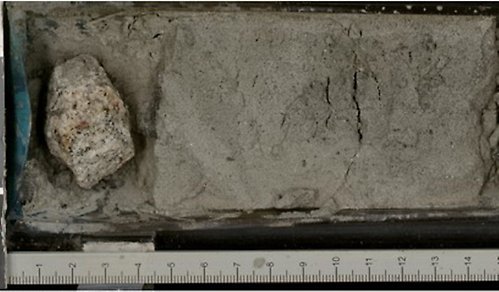ICPMS laboratory manager at NordSIMS-Vegacenter
Dr Chris Mark works as the senior curator at the Geological Department of the Natural History Museum. As the head of the Vegacenter, he oversees one of the museum's most prominent research infrastructures, jointly funded by the Swedish Research Council and the museum.
The Vegacenter operates two inductively coupled plasma mass spectrometers (Nu Instruments AttoM and Plasma 3), and samples can be introduced in solution or via a laser ablation system (ESI 193 nm excimer).
– My role includes evaluating user proposals, managing staff and instrument resources, analytical work and method development, as well as securing operational and research funding.
From Radioisotope Geochemistry to Surface Processes
Chris's research focuses on techniques in radiogeochemistry, geochronology, and trace element analysis.
Using laser ablation mass spectrometry, he studies a range of processes, from orogenesis and dynamic topography to the stability of continents. His particular interest lies in detrital sediment, i.e., material transported by water, sand, or wind and deposited on the Earth's surface, and in developing new proxies for sediment origin.
Ongoing Research and Future Perspectives
Chris is currently deeply involved in using detrital provenance analysis to trace past growth and collapse of the Antarctic ice sheets. He is also investigating the effects of past climate change on stone growth and erosion, particularly in the Himalaya-Karakoram region.
For those interested in learning more about his work, there are several links available, including his publications, ORCiD, and specific projects focusing on the paleostability of the Antarctic ice sheet.
Contact details

Chris Mark
Senior Curator
Geosciences
chris.mark@nrm.se


